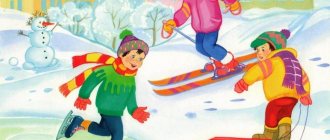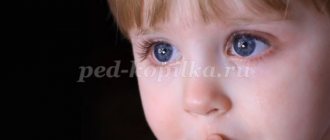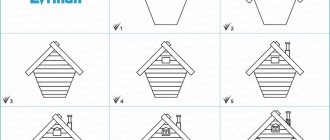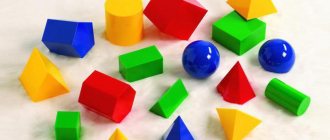Objects and topics of observation during walks in the preparatory group
On a note! Walks in the preparatory group of the file cabinet with goals for the Federal State Educational Standard should be carried out on a specific topic. The choice of topic is determined by the possibility of observing certain objects.
The location of the walk, weather conditions and additional factors also matter.
Transport observations
It is better to divide vehicle observations into several parts depending on the type of vehicle or driver actions.
- General surveillance of transport. The goal is to familiarize children with different types of cars. Preschoolers should clearly distinguish between the concepts of trucks, buses and cars. It is necessary to determine the basic functions of all modes of transport. It is necessary to distinguish the elements and parts of the car according to their intended purpose.
- Freight transport. Preschoolers name the types of trucks they know and what activities are inherent in them. The emphasis is on the functional features of the car's appearance.
- Passenger transport. What is it intended for? What is the difference between buses, trolleybuses and trams? What type of transport does a particular family use?
- Cars. What is the fuel used for? Where are the cars located when the owner is absent? What can be transported by such transport.
- Driver's job. Familiarize the group with the characteristics of the driver’s work with a mandatory positive assessment of this work.
- Traffic light operation. Which color is responsible for the different actions of a pedestrian and driver.
Observations of seasonal phenomena
The teacher organizes observation for the purpose of long-term and active perception by preschoolers of changes in nature according to the seasons.
Each season has its own characteristics:
- Autumn. As it gets colder, the teacher suggests dressing the doll according to the air temperature. On the street, children determine the temperature of living and inanimate objects by touch in sunny weather and when it is cloudy. Be sure to focus on the appearance of yellow leaves and the frequency of rain.
- Winter period. You can use the doll again. At the same time, pre-specify the low temperature so that children can dress correctly. On the street, you can take off your mittens for a short time to feel the cold. Assess with the children the level of snow cover in various parts of the kindergarten with the obligatory conclusion about what they see.
Preparatory group weather calendar
- Spring. Pay attention to the appearance of puddles and streams. You can launch a boat on the water. Children must explain how and why nature wakes up, taking into account the brightness of the sun. Monitor the air temperature. An important point is to observe the first flowers and the swelling of the buds.
- Summer. What signs characterize the summer period? Pay attention to the difference in temperature, air, water and heated inanimate objects. Why trees sway and how insects behave.
Classes on traffic rules in preparatory groups of kindergartens
Observations of the sun
Goal:
- form an idea of the beauty of the sky;
- teach to distinguish the sun's rays;
- increase children's positive perception of summer.
Carrying out observations
Assess the position of the Sun:
- Where is it in the morning?
- What is the evening location?
- Which space was illuminated better in the morning and which in the evening.
- Draw a conclusion about the length of daylight hours.
Conducting research work:
- Standing with your back to the Sun, explain the concept of shadow.
- Where is the shadow of various visible objects.
- Is it possible to chase a shadow or dance with it?
Observations of inanimate nature
Goal:
- consolidate knowledge about the various states of water;
- form the concept of inanimate nature;
- describe the signs of ice and snow.
Conducting observations:
- Why does ice turn into water when heated?
- Preschoolers name the characteristic features of ice and snow.
- Explain the water cycle in nature.
- What are the differences between snow in warm and cold weather?
Conducting research work:
- Conduct an experiment on melting large and small ice.
- Pack the snow tightly into a glass and compare the rate of its melting with a loosely collected mass of the same volume.
- Carry out finger gymnastics “Ice”.






